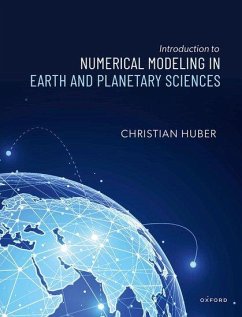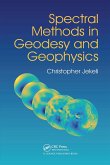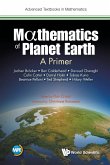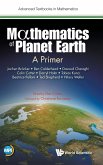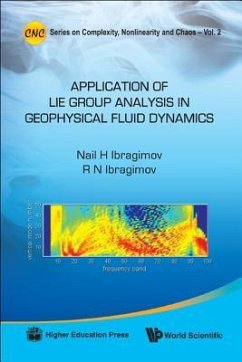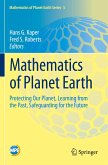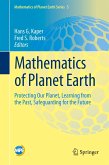This textbook provides an introduction to the world of numerical modeling in the physical sciences, focusing more specifically on earth and planetary sciences. It is designed to lead the reader through the process of defining the mathematical or physical model of interest and applying numerical methods to approximate and explore the solutions to these models, while also providing a quantitative assessment of the limitations, performance and quality of these approximations. The book is designed to provide a self-contained reference by including the mathematical foundations required to understand the models and their convergence. It includes a detailed discussion of models for ordinary systems of equation and partial differential equations, with pseudo-codes detailing the solution procedure. Examples are drawn from the fields of earth and planetary sciences, including, geochemical box models, non-linear ordinary differential equations describing the evolution of subvolcanic magma chambers, the mass conservation of cosmogenic nuclides in soils, diffusion in minerals, the hillslope equation, the advection-diffusion and wave equations and the shallow water equations. Featuring numerous examples drawn from earth and planetary sciences, the content of this book has been used by the author to teach numerical methods classes at the undergraduate and graduate levels over several years, and will provide an excellent resources for teachers and learners in this area.
Bitte wählen Sie Ihr Anliegen aus.
Rechnungen
Retourenschein anfordern
Bestellstatus
Storno

